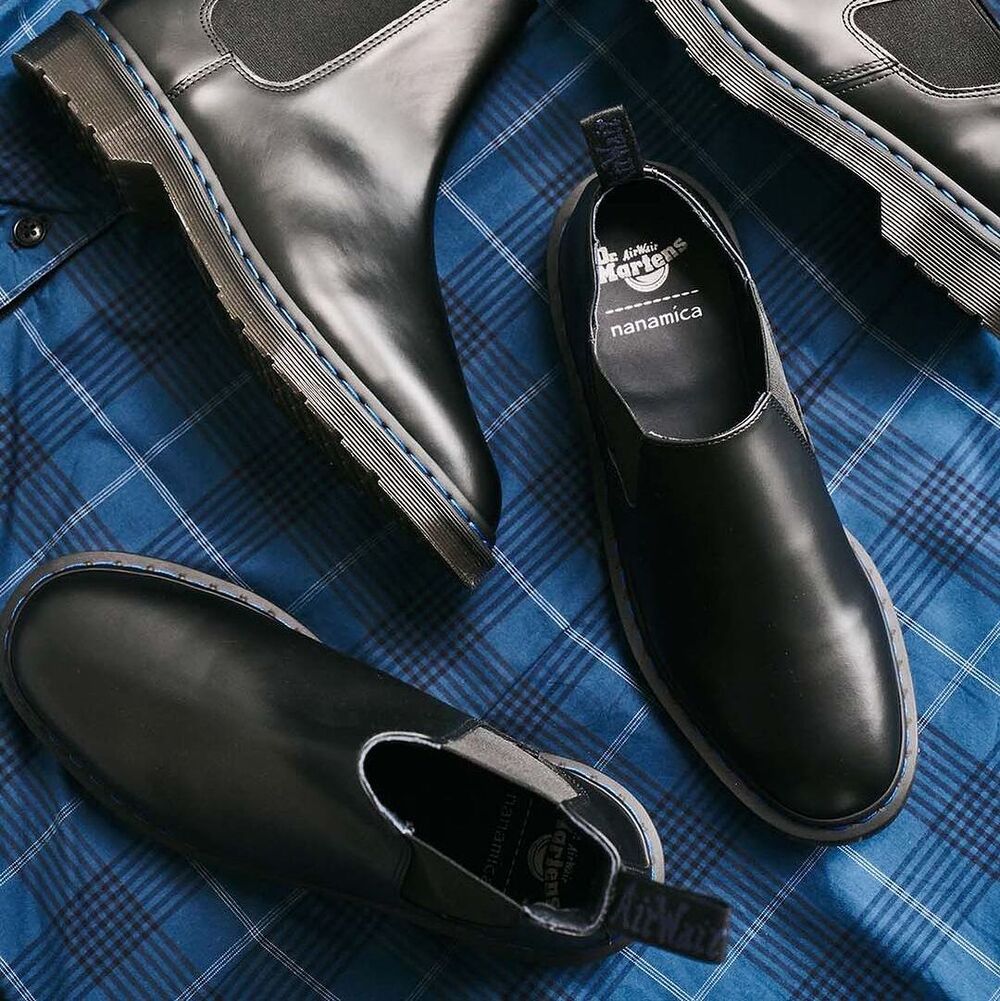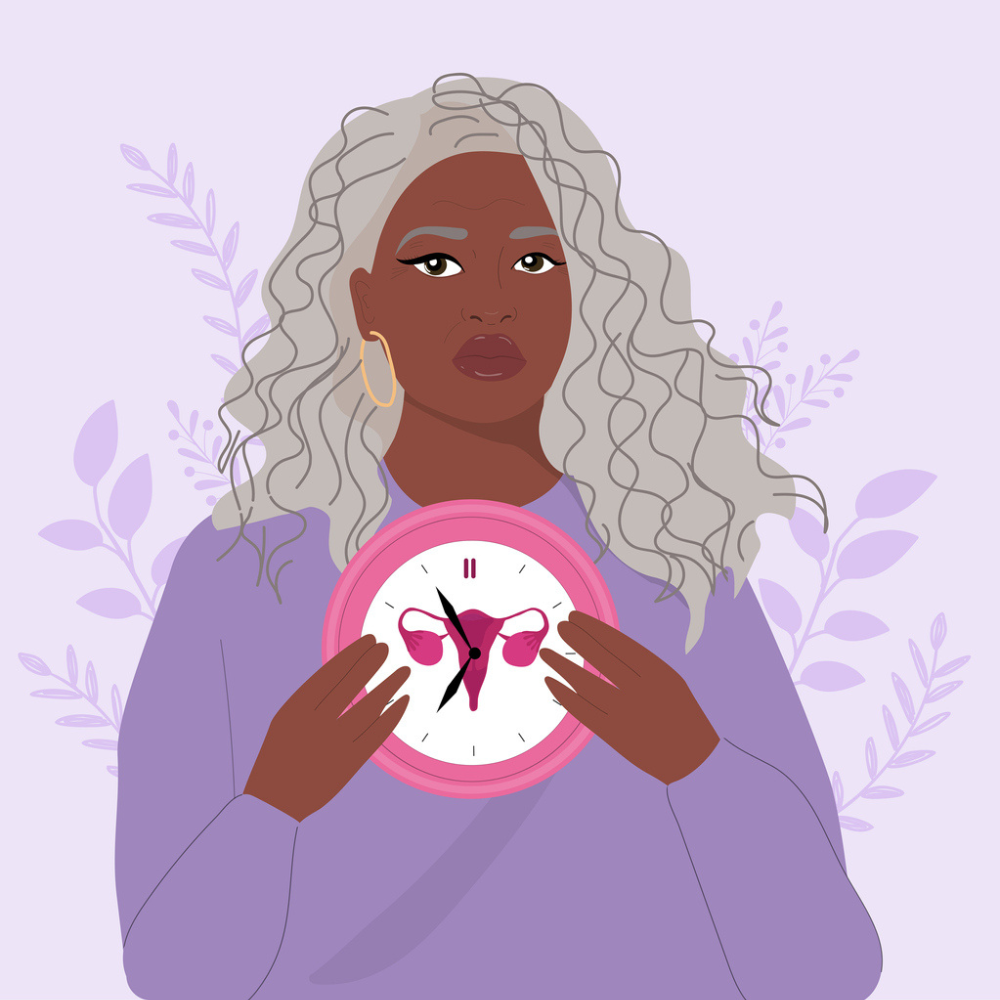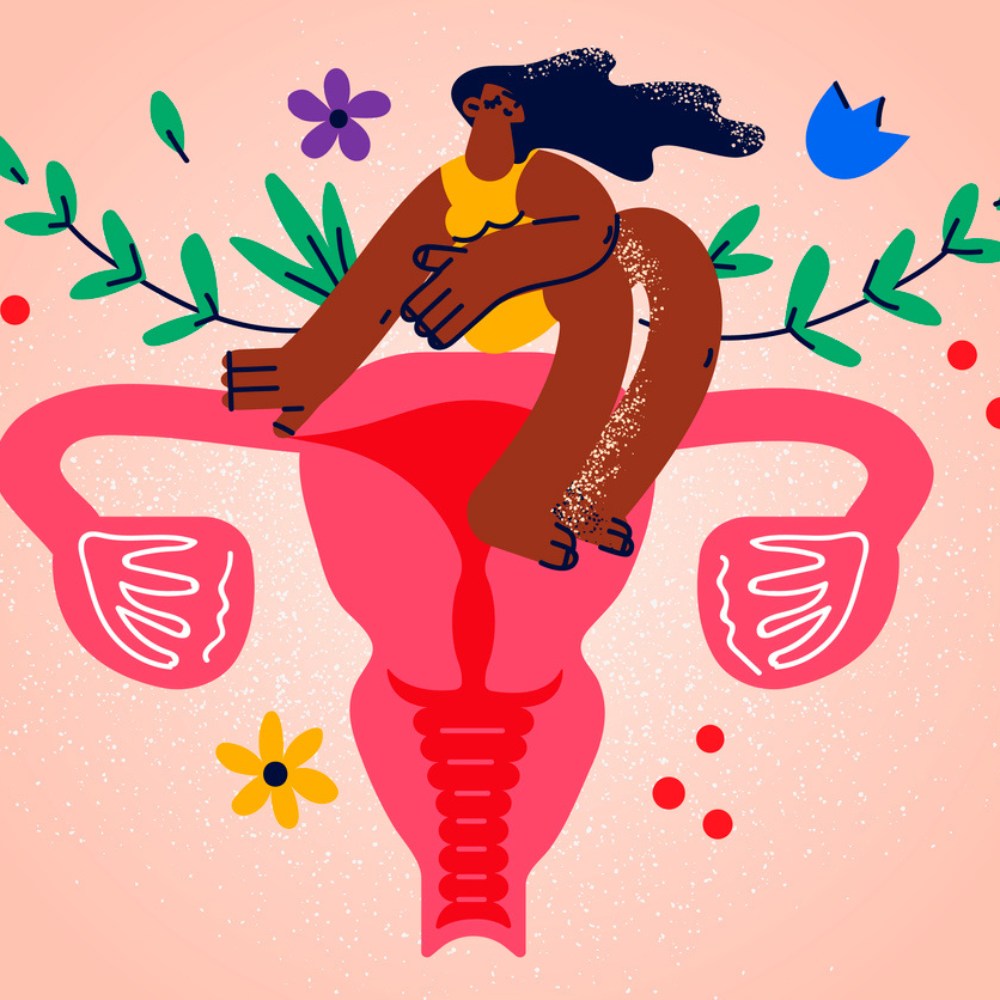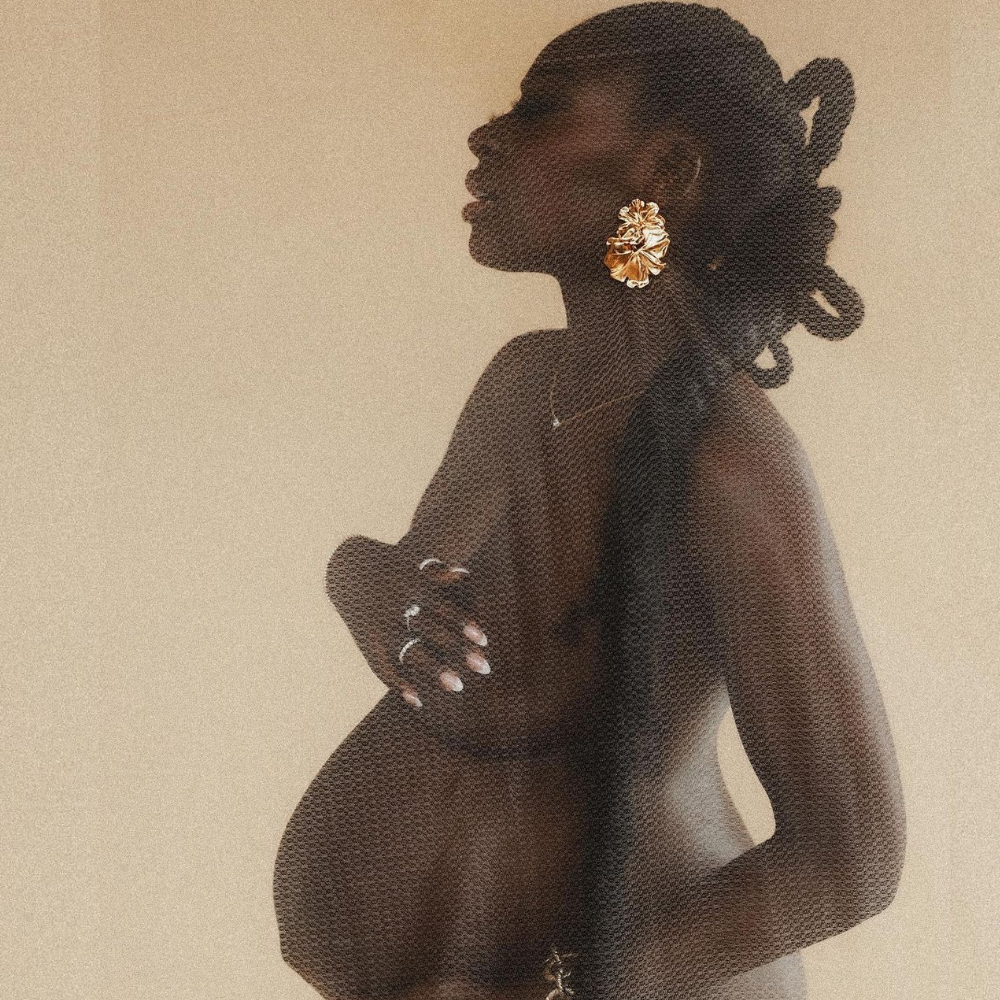Early Warning Signs Of Breast Cancer To Watch Out For
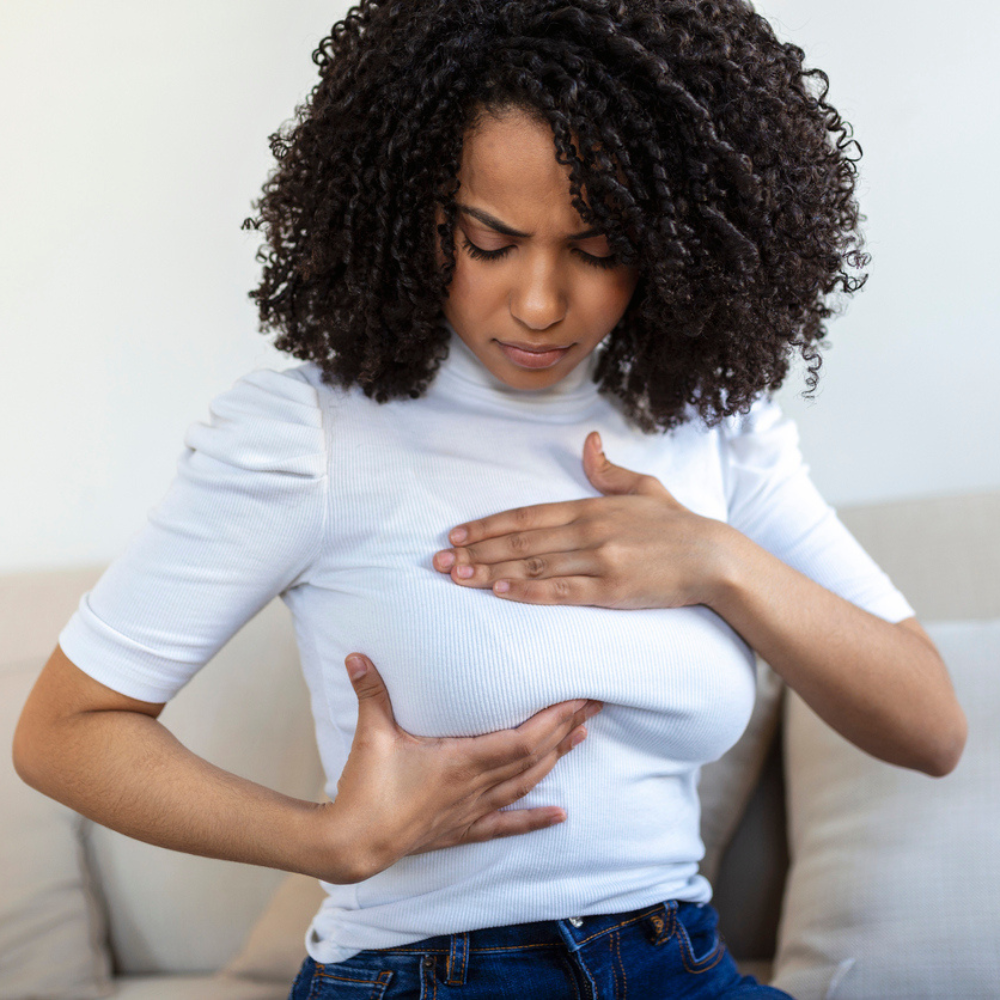
A creative writer with a voracious appetite for fashion, beauty,…
O
ctober is a special month because it’s when we pay extra attention to breast cancer. During this month, we try to create more breast cancer awareness, reiterating why it’s important to stay informed. As a lady, you should learn to stop being shy or embarrassed about your body. Your breasts are an important part of your body and health, and knowing how they should feel and look is a matter of utmost importance.
What is breast cancer?
Breast cancer is a type of cancer that affects both men and women, although it’s predominant in women. It starts when cells in the breast begin to grow abnormally and form a lump or mass in the breast. One of the important things to know is that not all lumps in the breast are cancerous. Some lumps might be benign (not cancer), while others could be cancerous. Therefore, a medical test is needed to distinguish between the two.
Causes of breast cancer
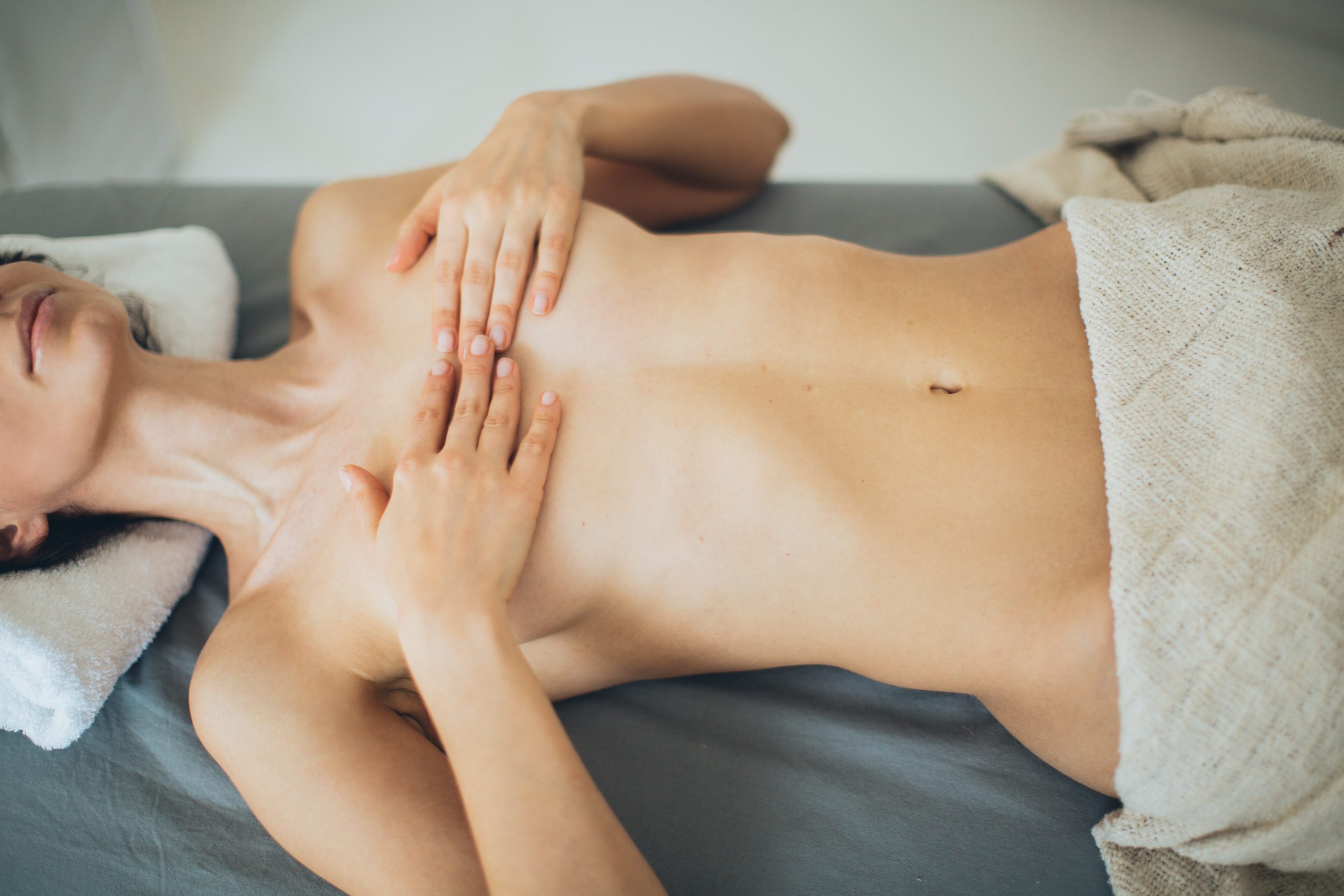
Breast cancer occurs when something goes wrong with the cells in the breast. Normally, our body’s cells grow and divide in an organized way to help us grow, heal, and stay healthy. But sometimes, these cells start to grow in a way that’s not normal. When this happens in the breast, it can lead to breast cancer. There isn’t just one cause for breast cancer; it’s usually a combination of factors, including:
- Genetics: Breast cancer can run in families. If someone in your family has had the condition, it might increase your risk a little bit.
- Hormones: The hormones in your body can also play a role. For example, women’s bodies undergo hormonal changes during their lifetime — during puberty, pregnancy, and menopause, which can influence breast cancer.
- Age: The risk of breast cancer increases as people get older. It’s more common in older women.
- Lifestyle: Some lifestyle factors, like overconsumption of alcohol, not being physically active, and being overweight, can increase the risk.
- Exposure to radiation: Sometimes, if a person has had radiation therapy in the chest area for another medical condition, it might slightly increase the risk of breast cancer later in life.
- Not having children or having them late: Women who have their first child after the age of 30 or don’t have children might have a slightly higher risk.
Early warning signs
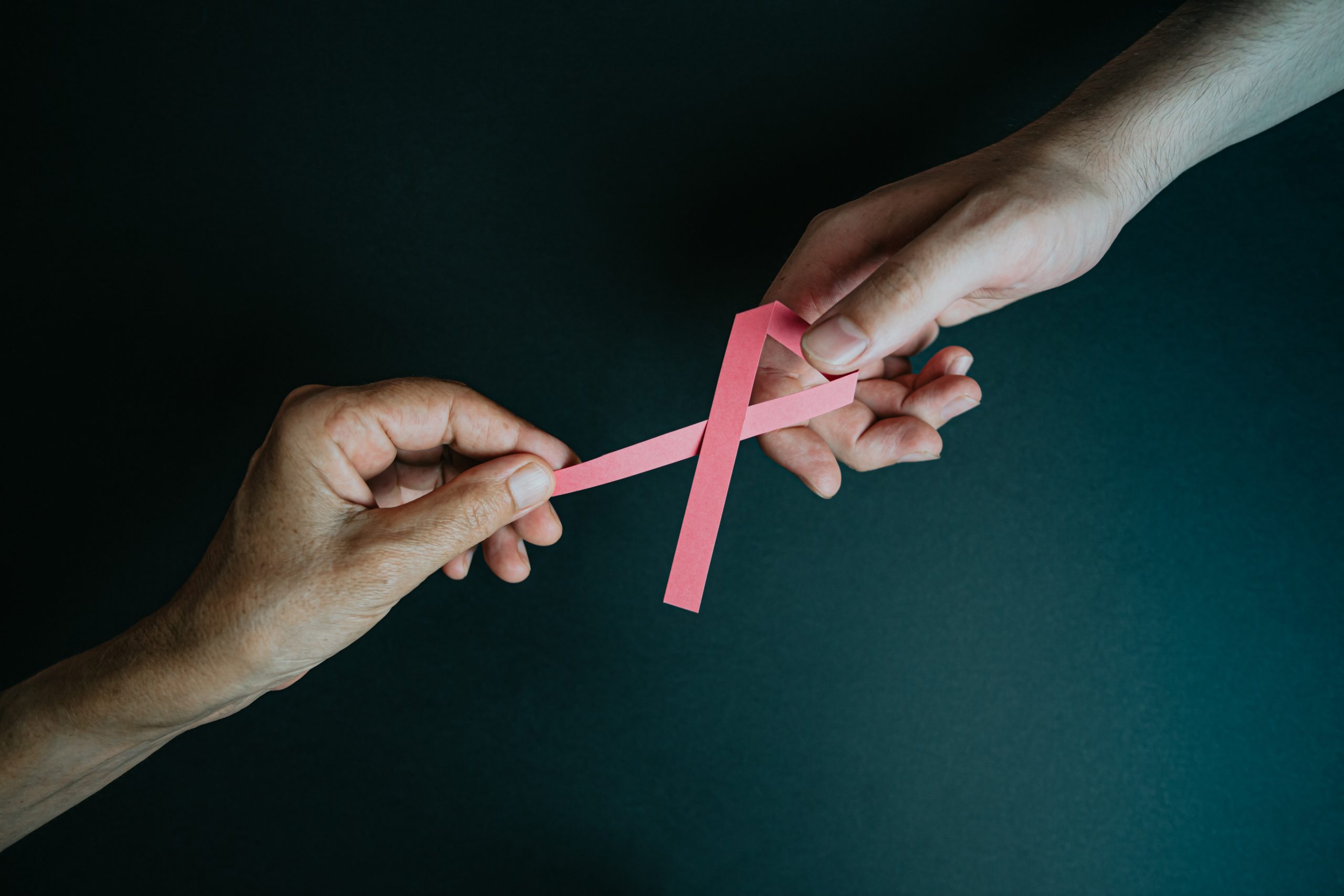
Here are important signs to look out for to detect breast cancer early:
- Breast lump or mass: The most common sign is a lump or thickening in the breast or underarm. Although not all lumps are cancerous, it’s essential to have any unusual ones checked by a healthcare provider.
- Changes in breast size or shape: Breast cancer may cause one breast to become larger or change shape compared to the other.
- Skin changes: Look for skin changes on the breast, such as redness, dimpling, puckering, or the skin appearing like an orange peel. These changes can be due to cancer affecting the breast’s structure.
- Nipple changes: Study your breast to the point where you know the color of your nipple when it’s healthy. It makes it easier for you to be aware of changes that might occur in the nipples, like turning inward (inversion), discharge that isn’t breast milk, or unusual pain in the nipple.
- Breast pain: Breast cancer can cause pain, although it’s not always painful. But if you experience persistent breast pain that doesn’t go away, it’s worth getting it checked.
How to perform a self-examination
Performing a breast self-examination is a good way to know your breasts and detect any changes. Here’s a simple step-by-step guide on how to do a breast self-exam:
- Find a quiet, well-lit place where you can stand or sit comfortably.
- With your arms at your sides, start by examining your breasts in the mirror.
- Check your breast’s size, shape, and contour for any changes. Also, look for any skin changes, such as dimpling or puckering.
- Raise your arms above your head and look for the same changes in size and shape.
- Place your hands on your hips and press firmly to flex your chest muscles. This can make any changes more noticeable.
- Look at your nipples for any signs of inversion (pulling inward), discharge, or unusual redness or scaling.
- Place a pillow under your right shoulder and place your right arm behind your head while lying on your back. Examine your right breast with your left hand.
- Use the pads of your fingers (not the tips) to feel for lumps or irregularities. Use a circular motion, covering the entire breast, and moving from the outside to the center. Make sure to also check the area near your armpit.
- Apply light, medium, and firm pressure to feel different layers of breast tissue.
- Repeat the same steps for your left breast, using your right hand.
Some people find it helpful to check their breasts while standing or sitting. You can also do this step in the shower, where your skin is wet and slippery. Use the same circular motion with your fingers.
Finally, if you notice any changes, lumps, or anything unusual, don’t panic. Many breast changes are not cancer. The next easy step will be to contact your doctor and have your concerns addressed. This is the reason why breast cancer awareness shouldn’t be limited to October alone.
Tip: It’s a good idea to perform a breast self-exam once a month, preferably a few days after your period when your breasts are less likely to be tender or swollen. If you no longer have periods, choose a specific day each month to do your self-exam.
Featured image: stefanamer/iStock
Medical Disclaimer
All content found on the StyleRave.com website, including text, images, audio, video, and other formats is created for informational purposes only. The content is not intended to be a substitute for professional medical advice, diagnosis, or treatment. If you think you may have a medical emergency, please call your doctor, go to the nearest hospital, or call 911 immediately depending on your condition.
For the latest in fashion, lifestyle, and culture, follow us on Instagram @StyleRave_
All rights reserved. This material, and other digital content on this website, may not be reproduced, published, broadcasted, cached, rewritten, or redistributed in whole or in part without prior express written permission from STYLE RAVE. Use of and/or registration on any portion of this site constitutes acceptance of our Terms & Conditions and Privacy Policy.
—Read also
A creative writer with a voracious appetite for fashion, beauty, lifestyle and culture. As one who's passionate about the advancement of the woman, creating content that inspire smart style and living, and positive lifestyle changes is a calling I take seriously. At Style Rave, we aim to inspire our readers by providing engaging content to not just entertain but to inform and empower you as you ASPIRE to become more stylish, live smarter and be healthier. Follow us on Instagram @StyleRave_ ♥


